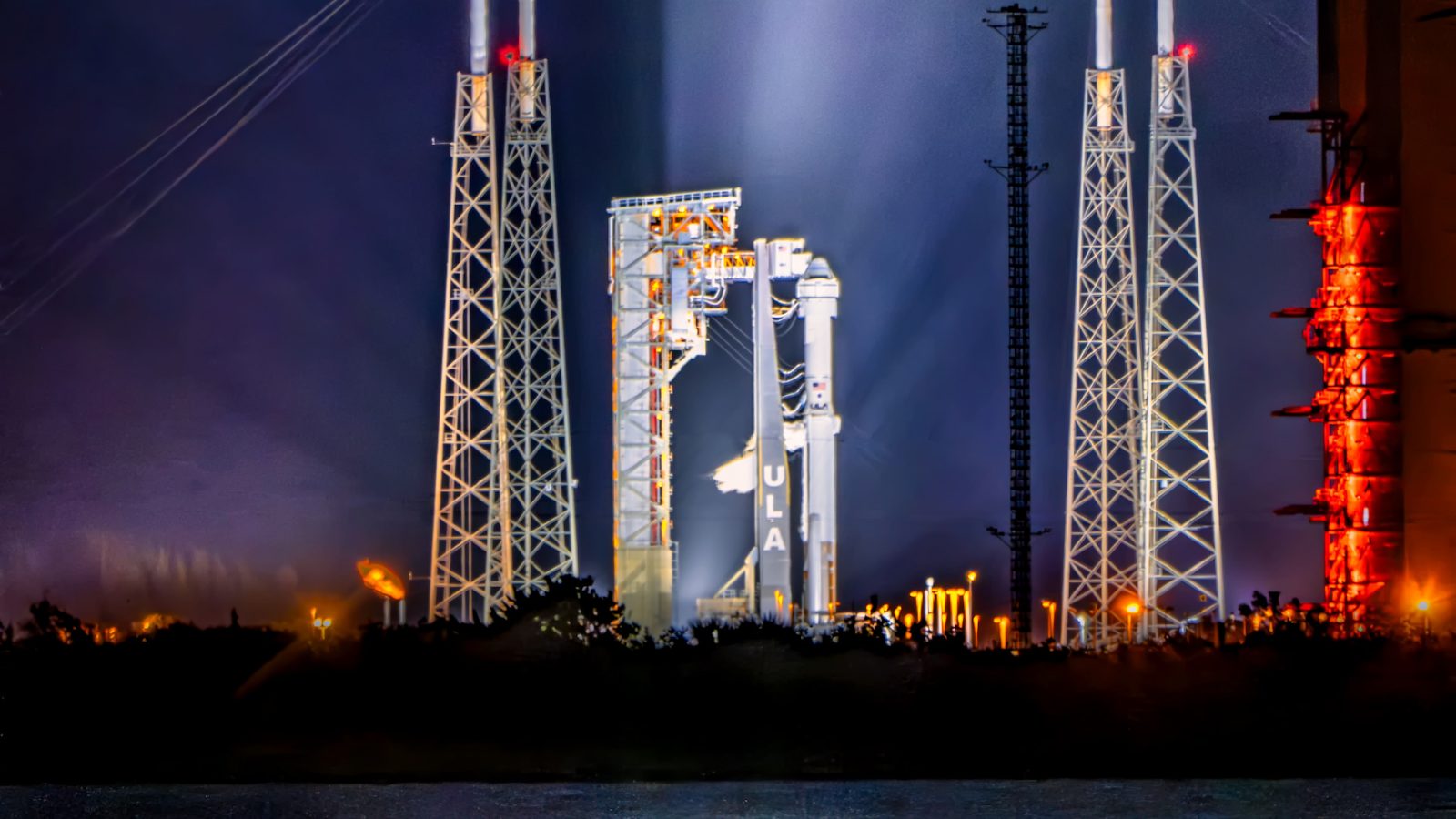
After an extremely smooth countdown and crew egress, ULA controllers called a scrub Starliner’s Crewed Flight Test a few hours before planned liftoff due to a misbehaving valve. While the problem is a known issue by ULA, it will take a few days to trouble shoot, meaning the next launch attempt won’t be until at least Friday.
Boeing puts on a clean first launch performance
Similar to previous missions by SpaceX, crewed launches are more like an hours long choreographed dance between several different teams and agencies or companies. It starts off with NASA and Boeing teams in the suit of room to get the crew in their flight suits and then in Boeing’s “AstroVan” for the 15 minute or so drive to SLC-41.
Then at the pad, Boeing and ULA teams get the crew strapped in to Starliner and then seal the hatch, which won’t be opened again until landing. Of course, during all of this, various teams at NASA, Space Force, ULA, and Boeing monitor systems of the rocket, rage, and ISS to make sure everything is ready for launch.
Last night’s Starliner CFT launch attempt showed that Boeing and ULA have been training well as the teams were way ahead of schedule. At one point, teams were 45 minutes ahead of schedule for crew ingress, however, the rocket was the problem child for last night’s launch.
Friday NET launch date after Centaur valve issue
Unlike SpaceX, who launches at a staggering once every three-ish days rate, ULA’s rockets are not as rapid. The Atlas V, a rocket designed in the 1990s, is extremely reliable but can have issues from time to time.
At about L-2 hours before the planned lift off, ULA concluded there was no path forward for launch last night after witnessing “fluttering” of a pressure relief valve on the Centaur upper stage. Tory Bruno, CEO of ULA, stated that this was a known issue that has shown up in the past on previous Atlas launches during a press conference after the scrub.
Even with it being a known issue, the proposed fix would have changed the fueling state of the rocket, which was against launch rules while crew was present at the pad. “If it was a satellite, it would have been in orbit right now,” Bruno said.
The valve was fluttering between an open and closed state, still regulating the pressure of the stage but not in a way ULA wants. In previous missions where ULA has seen this issue, teams were able to force the valve shut and then return it to normal operations, this has solved the issue in the past.
However, the concern was the valve was reaching its operationally tested lifespan, about 200,000 cycles. ULA doesn’t have a sensor to inspect how many cycles a valve has completed remotely so teams worked throughout last night and into today to inspect the valve to see if it is in fact too close to that limit to be used.
If ULA determines they need a new valve, the Centaur would have to be depressurized for the valve to be replaced. This would require a ride back to the Vertical Integration Facility but luckily no need to destack Starliner from the rocket. That operation would take a few days according to Bruno.
ULA announced a no earlier launch date of Friday, May 10. So far there’s no word from ULA if the valve would be replaced, but if the rocket leaves the pad that might be a sign that it will.
FTC: We use income earning auto affiliate links. More.




Comments